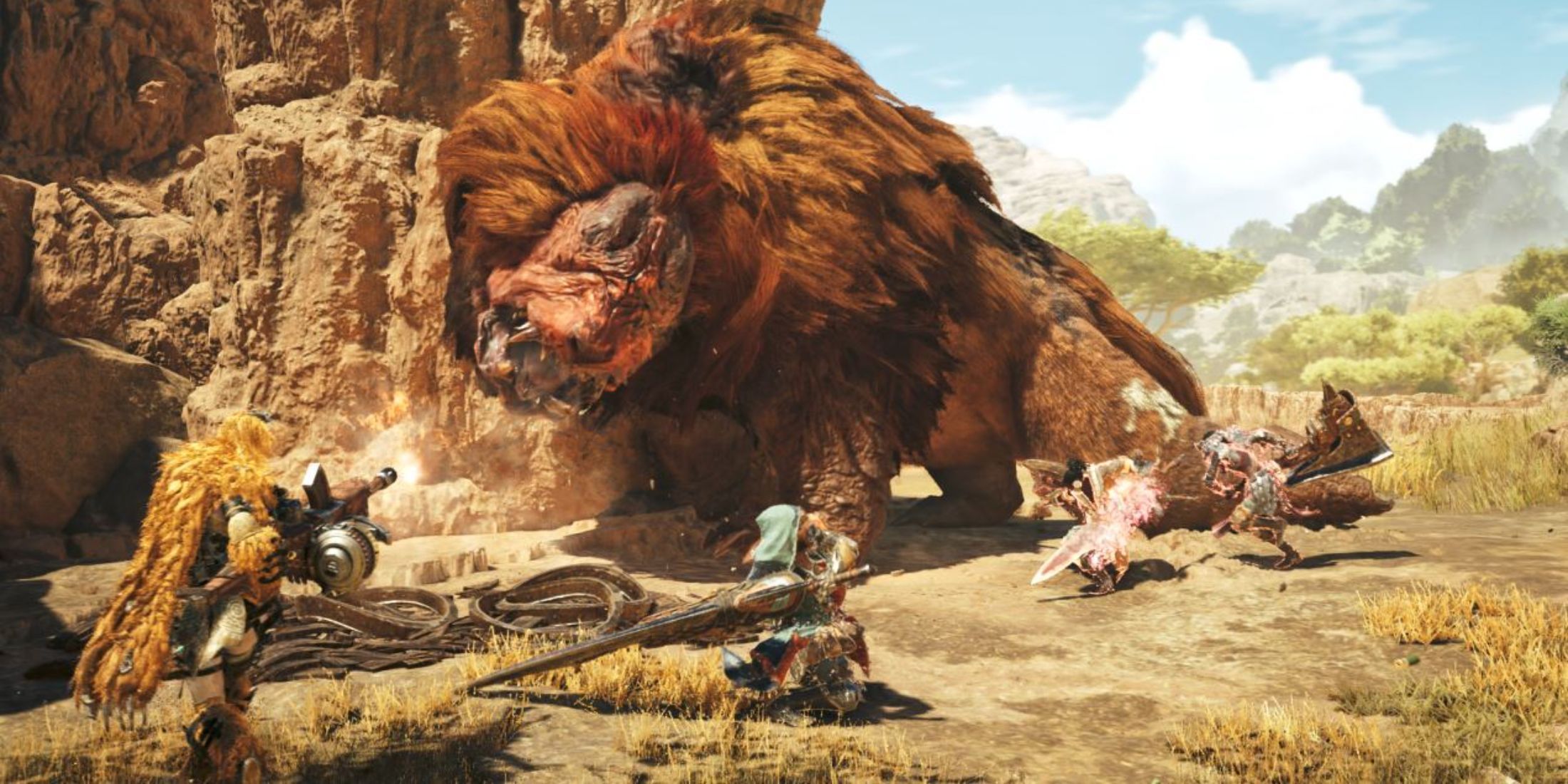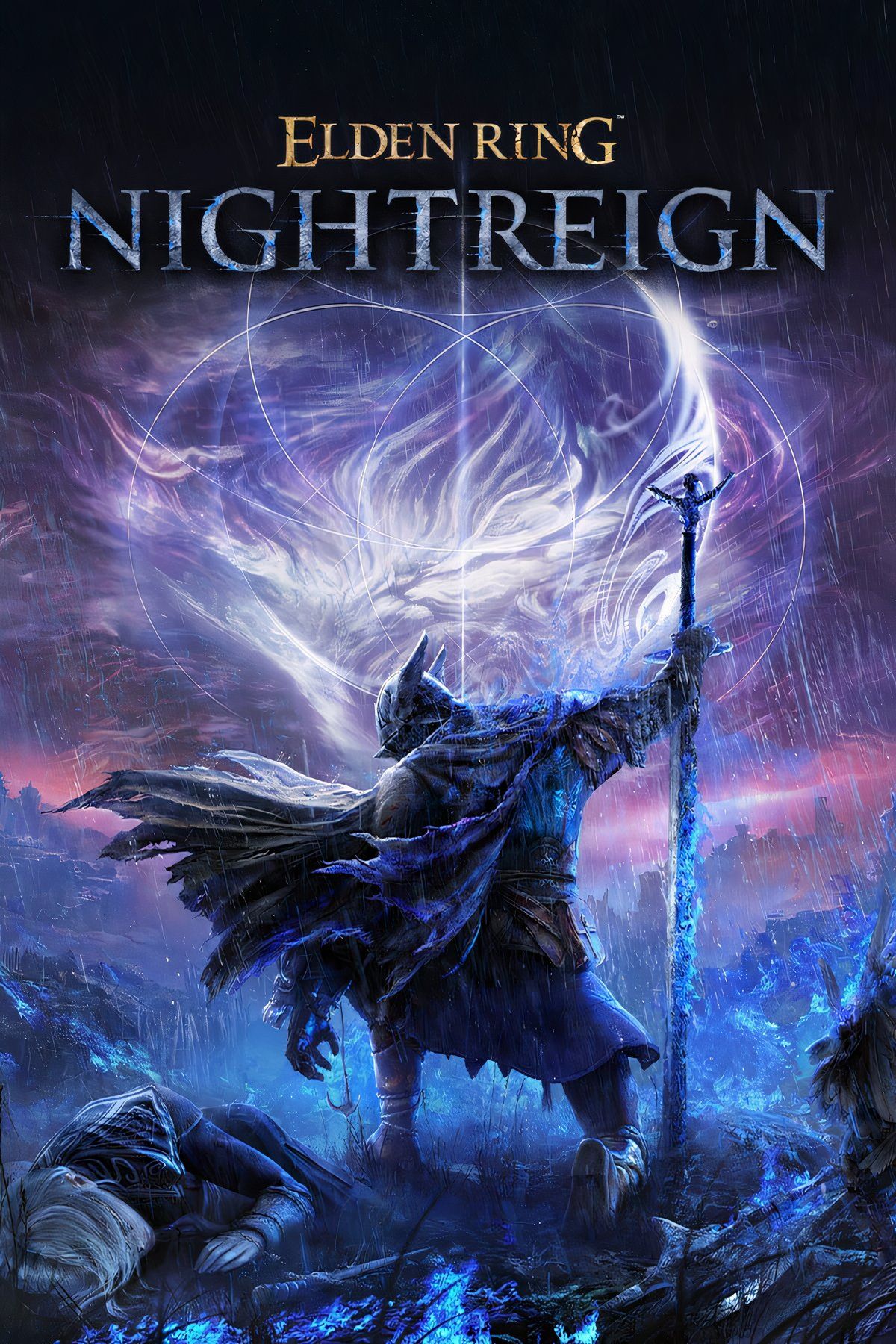If there are two gaming giants that can always be expected to pull out the unexpected, they’re FromSoftware and Nintendo. This was proven most recently when the former unveiled Elden Ring Nightreign, a unique co-op take on the Elden Ring gameplay formula that promises to recontextualize its exploration and combat. While they may seem entirely different, there could be lessons that The Legend of Zelda could learn from Nightreign once it finally hits the market.
Zelda is known as a single-player franchise first and foremost, but it’s dabbled in multiplayer waters before. The franchise’s first foray into friendly cooperative play was The Legend of Zelda: Four Swords, which allows up to four players to make their way through the game simultaneously. This concept was later expanded in Four Swords Adventures, which added a competitive gameplay mode as well. There were several other multiplayer games that followed the Four Swords ones, including Tri Force Heroes, in which multiplayer is required, and the Hyrule Warriors musou releases. These multiplayer titles all have their merits, but if Zelda hopes to continue this cooperative streak in the modern age, then a closer look at Elden Ring Nightreign could be just the ticket.

Related
Monster Hunter Wilds Has One Major Advantage Over Elden Ring Nightreign
While Monster Hunter Wilds and Elden Ring Nightreign are both promising co-op games, Wilds’ multiplayer is already more impressive than Nightreign’s.
What The Legend of Zelda Could Learn from Elden Ring Nightreign
The Legend of Zelda Could Take Notes from Nightreign’s Success
Assuming that Elden Ring Nightreign continues FromSoftware’s history of critical and commercial success, Nintendo may want to take heed of its strong suits. After all, Nightreign could be an example of a remarkably successful pivot from single-player-focused adventure game to co-op extravaganza, which is relevant to the Zelda franchise for obvious reasons.
Specific elements of Nightreign, like its character archetypes and roguelike build-crafting, could work surprisingly well in a Zelda co-op title. Four Swords‘ procedurally generated dungeons already have a bit in common with the roguelike genre, so maybe Nightreign‘s translation of Elden Ring‘s combat through this formula could teach Zelda some valuable lessons in this area. Of course, Zelda is quite different from Soulslikes, but Breath of the Wild and Tears of the Kingdom prove that puzzle-solving can be just as expressive and versatile as combat—perhaps some of Nightreign‘s design elements could be applied to that side of the gameplay equation.
Elden Ring Nightreign Could Be a Cautionary Tale for The Legend of Zelda’s Potential Multiplayer Ambitions
Right now, the majority of the gaming community is convinced that Nightreign will be a resounding success. This comes down to FromSoftware’s nearly unparalleled track record ever since Demon’s Souls in 2009: virtually no other AAA developer can be said to have put out so many high-quality, genre-defining games in such a relatively short period of time. But of course, companies only succeed until they don’t.
There is a chance that Nightreign won’t pan out the way that FromSoftware and its fans are hoping. Perhaps the game’s roguelike elements and stricter build-crafting options won’t mesh well with the tried-and-true Soulslike combat fundamentals, for instance. Or maybe Nightreign will suffer from technical issues, poor balancing, a weak story, or any number of other problems not related to its central design conceit. That’s not to say that any of these outcomes are likely, just that they aren’t impossible, and other studios, including Nintendo, could learn from these potential mistakes.
Elden Ring Nightreign will definitely be one of the most fascinating AAA projects of 2025, for better or worse. Over the course of the 2010s, the industry has followed FromSoftware’s lead, but this has mostly applied to single-player design. Perhaps Nightreign could lead to the same revolution, but on the co-op front, and a series like The Legend of Zelda, with its history of balancing single-player and multiplayer, would do well to keep that in mind.













Leave a Reply